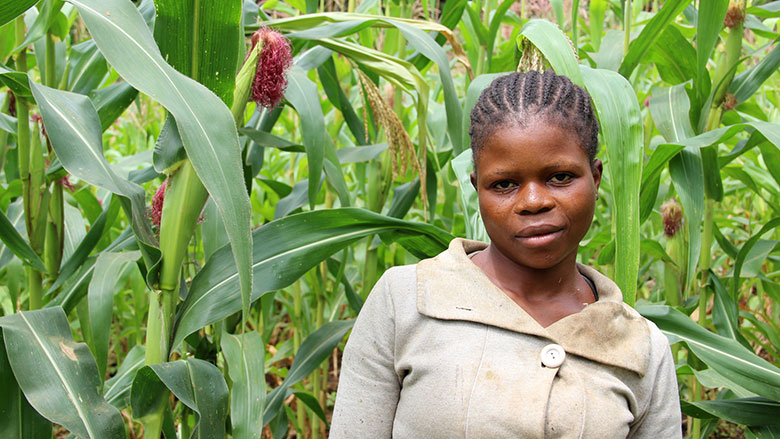The Service Delivery and Aid Effectiveness theme focuses on how to deliver development across multiple sectors including the public and private sectors. In FY2017, six projects were ongoing under this theme.
Project Example
Increasing Uptake of LARCs among Adolescent Females in Cameroon
Adolescent health and family planning has been identified as a key area of support for Cameroon. The adolescent fertility rate in Cameroon is high: 21 percent of female adolescents ages 15 to 19 gave birth in 2014. Although young women describe many of these births as planned and intentional, women younger than age 20 also have the greatest percentage of mistimed/unintended pregnancies compared with all other age groups, with more than 30 percent of the births in this group unwanted or wanted later. Despite the desire to delay childbearing, only 48 percent of sexually active unmarried women use modern contraceptives. Among this group, virtually no one utilizeslong-acting reversible contraceptives (LARCs).
The project aims to understand the facilitating factors and barriers that influence family planning intentions and LARC uptake among adolescent females in Cameroon. The project aims to assess the feasibility of various mechanisms for the delivery of modern contraceptives to adolescent females in the country. The goal of the project is to increase LARC uptake among adolescent females in Cameroon, to prevent unintended pregnancies and reduce early marriage, as well as to delay or space pregnancies.
The project uses randomized control trials to assess the relative cost-effectiveness of family planning interventions to increase the uptake of LARCs. The team is designing interventions based on extensive discussions between the team and in-country counterparts.
To date, there has been satisfactory progress.
A three-day workshop with all stakeholders was held in Cameroon in February 2017, to design interventions to increase the uptake of modern contraceptives among adolescent females and young women in the country.
As a result, three working groups were formed to lead the design of (i) supply-side interventions (in particular, training and certification of health care providers and accreditation of health facilities), (ii) demand-side interventions (in particular, school-based interventions and subsidies to facilities to reduce the price of contraceptives), and (iii) development of a mobile decision-support tool (that is, a phone-based app) for health care providers to use to counsel clients on contraception.
The project is being conducted in collaboration with the Ministry of Public Health; the United Nations Population Fund; and partners from bilateral agencies, local universities, and nongovernmental organizations.
Last Updated: Dec 08, 2017

